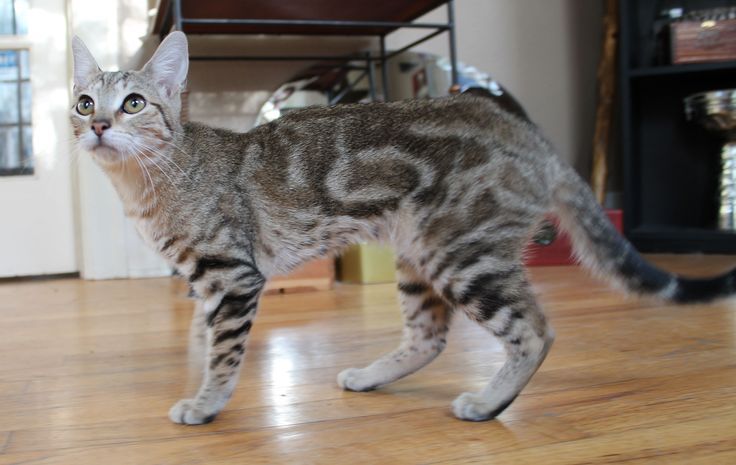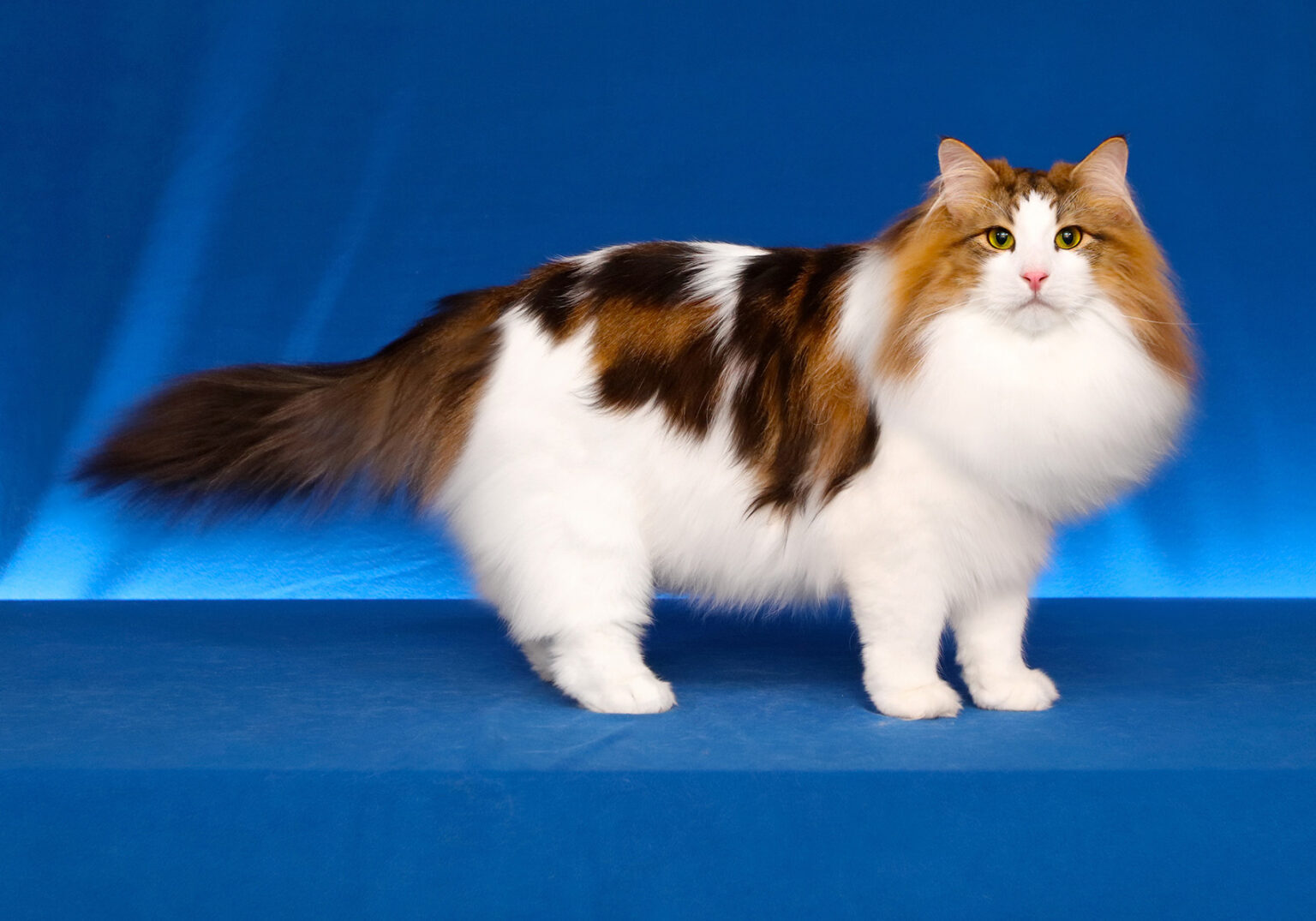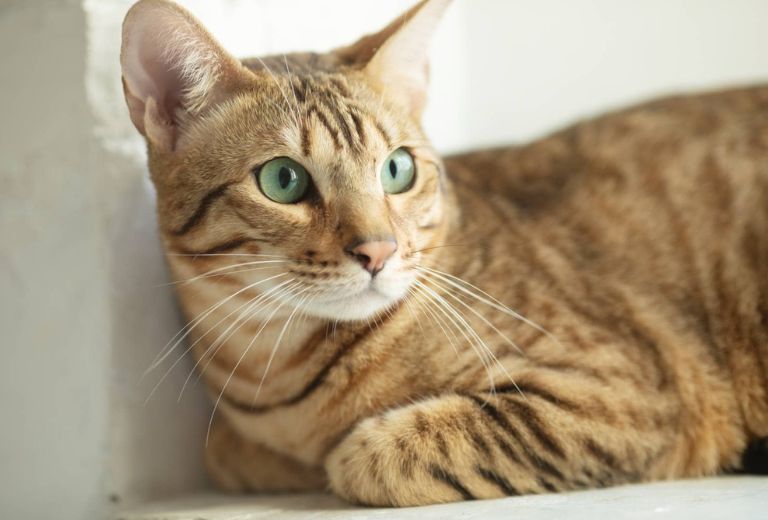Have you ever wondered what lies beyond the familiar purrs of common house cats? The feline world is vast and varied, with some breeds so rare that they seem almost mythical. These rare cat breeds, often shrouded in mystery and intrigue, offer a glimpse into the extraordinary diversity of the cat kingdom. From their unique appearances to their fascinating histories, these elusive felines are a treasure trove for cat enthusiasts and curious minds alike. Join us as we embark on a journey to uncover the secrets of some of the world’s most rare cat breeds.
The Allure of Rare Cat Breeds
What Makes a Cat Breed Rare?
Rarity in cat breeds can stem from various factors. Some breeds are naturally scarce due to their limited geographic distribution, while others are the result of meticulous and selective breeding programs. Additionally, some breeds are rare because they are relatively new and have not yet gained widespread recognition. But what truly sets these rare cat breeds apart is their unique combination of physical traits, temperaments, and histories that make them stand out in the feline world.
Why Are Rare Cat Breeds So Fascinating?
Rare cat breeds captivate us because they challenge our perceptions of what a cat can be. They often possess striking features—unusual coat patterns, mesmerizing eye colors, or distinctive body shapes—that set them apart from their more common counterparts. Moreover, their rarity adds an element of exclusivity, making them highly sought after by cat lovers and breeders alike. But beyond their physical allure, these breeds often come with fascinating stories that add to their mystique.
Exploring the World of Rare Cat Breeds
1. The Enigmatic Sokoke: The Forest Cat of Kenya

Origins and History
The Sokoke cat, hailing from the Arabuko-Sokoke Forest in Kenya, is one of the rarest and most naturally occurring cat breeds in the world. Discovered in the 1970s, this breed is believed to have evolved naturally, with little to no human intervention. The Sokoke’s unique marbled coat pattern, resembling the bark of a tree, serves as perfect camouflage in its native forest habitat.
Physical Characteristics
- Coat: Short, glossy, and marbled with a distinctive “wood grain” pattern.
- Eyes: Almond-shaped, ranging from amber to light green.
- Body: Slender and athletic, with long legs and a graceful posture.
Temperament
Sokoke cats are known for their playful and energetic nature. They are highly intelligent and curious, often forming strong bonds with their human companions. Despite their wild appearance, they are affectionate and enjoy interactive play.
2. The Majestic Norwegian Forest Cat: A Viking’s Companion

Origins and History
The Norwegian Forest Cat, or “Wegie” as it is affectionately called, has a history that dates back to the time of the Vikings. Believed to have traveled on Viking ships, these cats were valued for their hunting skills and ability to withstand harsh Nordic climates. Over time, they became an integral part of Norwegian folklore and mythology.
Physical Characteristics
- Coat: Thick, water-resistant double coat with a bushy tail and tufted ears.
- Eyes: Large, expressive, and almond-shaped, ranging from green to gold.
- Body: Sturdy and muscular, with a robust build designed for climbing and hunting.
Temperament
Norwegian Forest Cats are known for their gentle and friendly demeanor. They are highly adaptable and get along well with children and other pets. Despite their large size, they are agile and love to climb, making them excellent explorers of their environment.
3. The Exotic Serengeti Cat: A Modern Marvel

Origins and History
The Serengeti cat is a relatively new breed, developed in the 1990s by crossing Bengal cats with Oriental Shorthairs. The goal was to create a domestic cat that resembled the wild Serval, without introducing wild genes. The result is a stunning breed that combines the elegance of a wild cat with the temperament of a domestic one.
Physical Characteristics
- Coat: Short, sleek, and spotted, with a golden or silver background.
- Eyes: Large and round, typically gold or green.
- Body: Long and lean, with a graceful and athletic build.
Temperament
Serengeti cats are known for their outgoing and social nature. They are highly active and enjoy interactive play, making them great companions for families. They are also vocal and will often “talk” to their owners, adding to their charm.
4. The Rare Khao Manee: The Gem of Thailand
Origins and History
The Khao Manee, also known as the “Diamond Eye” cat, is a rare and ancient breed from Thailand. Historically, these cats were considered sacred and were kept by Thai royalty. Their striking white coat and mesmerizing eyes have made them a symbol of good luck and prosperity.
Physical Characteristics
- Coat: Short, pure white, and glossy.
- Eyes: Most commonly odd-eyed (one blue and one gold or green), though some may have matching eyes.
- Body: Medium-sized, muscular, and well-proportioned.
Temperament
Khao Manee cats are known for their affectionate and loyal nature. They form strong bonds with their owners and enjoy being the center of attention. They are also highly intelligent and can be trained to perform tricks, making them a delight to have around.
5. The Mysterious Lykoi: The Werewolf Cat
Origins and History
The Lykoi, often referred to as the “Werewolf Cat,” is one of the most unique and rare cat breeds in the world. Discovered in 2010, this breed is the result of a natural mutation that causes partial hair loss, giving them a werewolf-like appearance. Despite their eerie look, Lykoi cats are entirely domestic and have no wild ancestry.
Physical Characteristics
- Coat: Sparse and patchy, with a roan pattern that resembles a werewolf.
- Eyes: Large and round, often yellow or green.
- Body: Medium-sized, lean, and muscular.
Temperament
Lykoi cats are known for their playful and curious nature. They are highly social and enjoy interacting with their human companions. Despite their wild appearance, they are affectionate and make great pets for those who appreciate their unique look.
Caring for Rare Cat Breeds
Understanding Their Unique Needs
Rare cat breeds often come with specific care requirements that differ from those of more common breeds. Understanding these needs is crucial to ensuring their health and well-being.
- Diet: Some rare breeds may have specific dietary needs due to their unique genetic makeup. Consult with a veterinarian to determine the best diet for your rare cat.
- Grooming: Depending on their coat type, rare cats may require regular grooming to keep their fur in top condition. For example, the Norwegian Forest Cat’s thick coat needs frequent brushing to prevent matting.
- Exercise: Many rare breeds are highly active and require plenty of mental and physical stimulation. Provide them with toys, climbing structures, and interactive play to keep them entertained.
Health Considerations
Rare cat breeds may be prone to certain genetic health issues due to their limited gene pool. Regular veterinary check-ups and genetic testing can help identify and manage potential health concerns.
- Genetic Testing: Some rare breeds, like the Lykoi, may benefit from genetic testing to identify any inherited conditions.
- Vaccinations and Preventative Care: Ensure your rare cat is up-to-date on vaccinations and preventative care to protect them from common feline diseases.